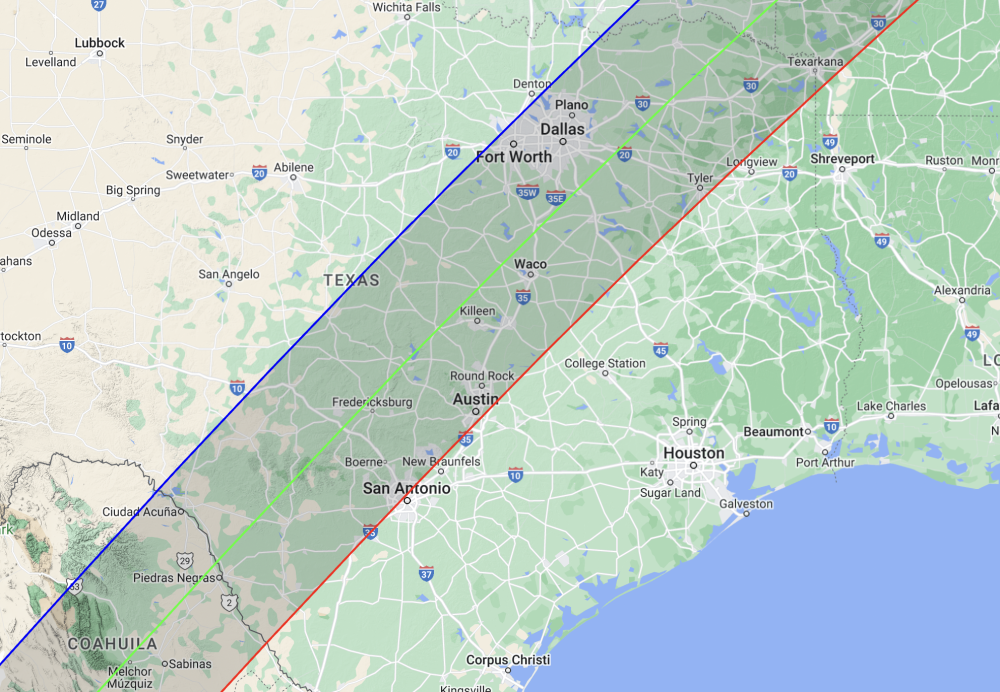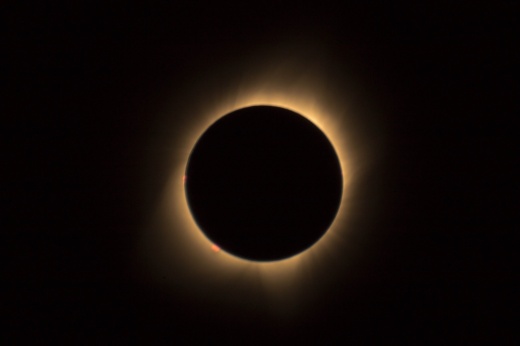This event proves to be a rarity and will draw massive crowds as the next total solar eclipse that will be visible to the contiguous United States won’t happen until 2044, according to the National Aeronautics and Space Administration.
What you need to know
Travis County is one of the few areas in the U.S. in the eclipse’s path of totality—locations where the sun is completely obstructed by the moon.
The eclipse will begin at 12:17 p.m. and end around 2:58 p.m. The maximum impact will occur at 1:37 p.m. and last for 2 minutes and 24 seconds, said Blake Clampffer, Travis County Chief Deputy Emergency Management Coordinator. Residents west of Austin near Fredericksburg will see a longer duration of totality, around 4 minutes and 30 seconds.
“Just to underscore the significance, I heard a scientist say that she said she wouldn’t go across the street for the last partial eclipse we just saw here in October, but she would go around the world to see this,” Travis County Commissioner Ann Howard said.

Diving in deeper
Howard said prepping for the eclipse will be an “all hands on deck” situation as leaders predict major congestion in local parks and roadways. About 40,000 hotel rooms have already been booked in Travis County the day of the event, and spectators are quickly reserving recreational vehicle campsites, Clampffer said.
Travis County will be staffed with park rangers, first responders, Austin-Travis County Emergency Medical Services and a medical team from the Shock Trauma Air Rescue, or STAR, Flight.
Officials are also working on making a reservation system for all county parks and planning how to manage traffic flowing from east to west.
“The population of Houston is 7 million,” said Hector Nieto, Travis County public information officer. “Even if we see half a percentage of that population coming here, that population is going to be traveling through the east side of our roads all the way through the west side.”
What else?
Travis County Commissioners also discussed collaborating with independent school districts and science teachers to allow students to see the eclipse.
“I don’t want them to miss out,” Howard said.





